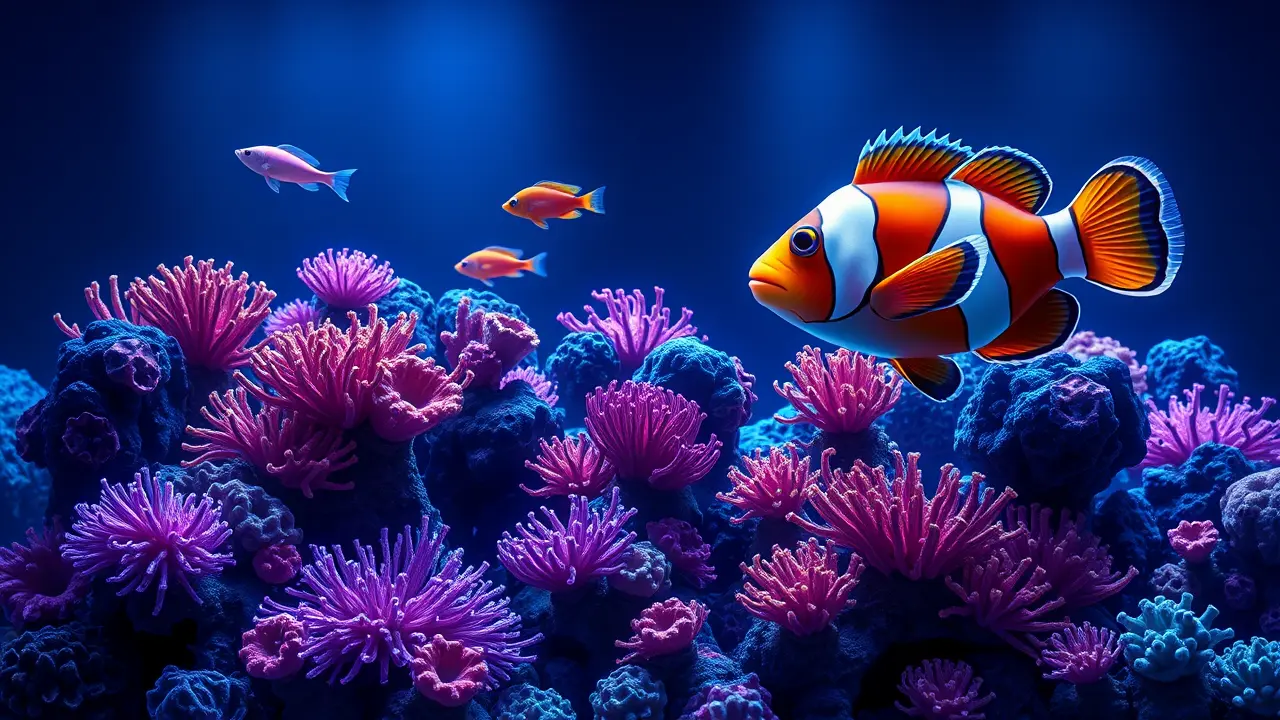Wild-Caught Aquarium Fish Harm Ocean Ecosystems
That vibrant, miniature ocean glowing in your living room, a tranquil slice of the tropics, carries a hidden and devastating ecological cost far removed from its serene appearance. Groundbreaking research has thrust a stark statistic into the light, revealing that a staggering 90 percent of the saltwater aquarium fish sold in the United States are violently plucked from their wild coral reef habitats, not bred in the controlled environments of captivity.This means that every purchase of a dazzling neon tetra or an iconic clownfish, creatures immortalized by popular culture, directly fuels an extractive industry that is systematically dismantling some of the planet's most biodiverse and fragile ecosystems. The process of capture is itself brutally destructive; to stun and catch the more reclusive and desired species, collectors in hotspots like the Philippines and Indonesia often resort to spraying cyanide directly onto the reefs, a poison that immobilizes the fish but also kills the surrounding corals and the myriad of invertebrates that form the foundation of the reef's food web.The mortality rate is catastrophic from the very start, with a significant percentage of fish perishing before they even reach the export facility due to the trauma of capture and the toxic exposure, and many more succumbing during the grueling, multi-thousand-mile journey through a convoluted global supply chain to pet stores. For those that survive to grace a home aquarium, the ordeal is far from over, as they are often thrust into chemically balanced tanks that are a poor imitation of their complex natural environments, leading to shortened, stressed lives.This relentless demand for wild specimens creates a vicious cycle where local fishers, often in economically disadvantaged communities, are incentivized to overharvest, depleting populations to critical levels and disrupting the delicate predator-prey balances that have evolved over millennia. The irony is profound: an hobby born from an appreciation for the beauty of marine life is, through its very practices, contributing to the bleaching and collapse of the very reefs that inspire it.The solution, however, is not without its own complexities; while a shift towards a robust aquaculture industry for marine ornamentals is the clear ethical imperative, breeding many reef species in captivity presents immense biological and financial challenges, requiring specific water conditions, precise diets, and overcoming intricate larval rearing processes that we are only beginning to master. Therefore, the onus falls heavily on the consumer to demand transparency and sustainability, to seek out retailers who can verify the captive-bred origins of their stock, and to understand that the true price of that small, colorful life in a tank is measured in the irreversible degradation of our planet's magnificent, and irreplaceable, ocean wilderness.
It’s quiet here...Start the conversation by leaving the first comment.
© 2025 Outpoll Service LTD. All rights reserved.
